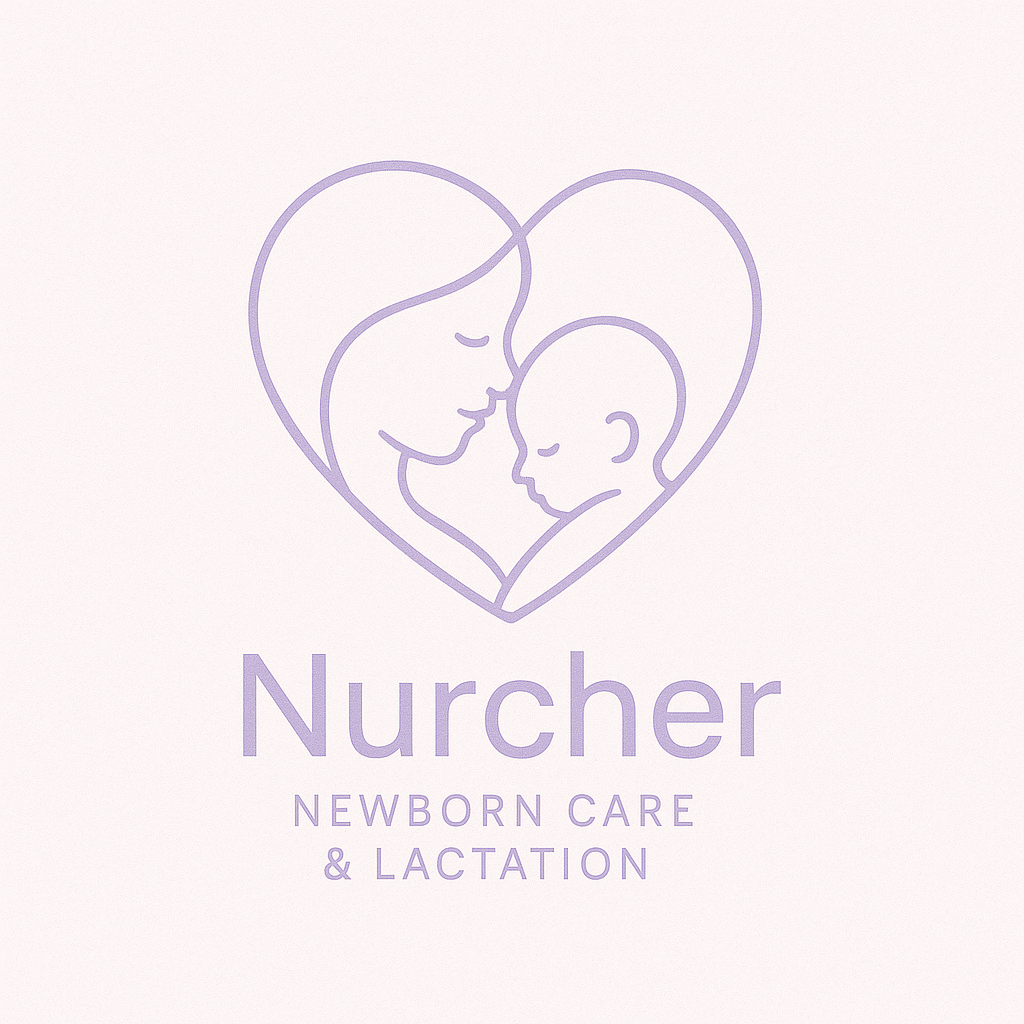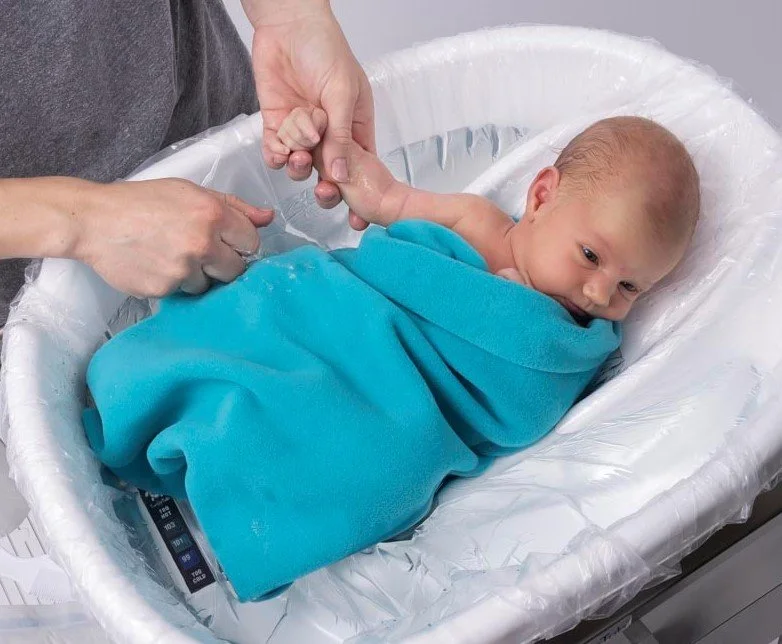Splish Splash: A Newborn Bathing Guide for Fresh and Happy Babies
Bath time with your newborn can be one of the sweetest parts of the day — a special chance to bond, soothe, and care for your little one. But it can also feel a bit intimidating at first! Don’t worry, we’re here to make newborn bathing simple, safe, and even fun.
When to Start Bathing Your Baby
For the first couple of weeks, until the umbilical cord stump falls off and heals, stick to sponge baths. This keeps the area dry and clean.
Many experts recommend delaying your baby’s first bath for at least 24 hours after birth, and sometimes longer, instead of bathing them right away in the hospital.
Why I Don’t Recommend Bathing Baby Right Away in the Hospital
Protects Baby’s Natural Coating: Newborns are born covered in a protective, creamy substance called vernix caseosa. This natural coating helps moisturize the skin, acts as a barrier against infection, and supports healthy bacteria growth. Bathing too soon washes it away.
Supports Temperature Regulation: Skin-to-skin contact immediately after birth helps regulate your baby’s body temperature. Bathing too early can cause chilling and stress.
Promotes Bonding and Breastfeeding: Delaying the bath encourages uninterrupted skin-to-skin time, which supports breastfeeding and bonding.
How Often Should You Bathe Your Newborn?
Newborns don’t need daily baths — once a week is usually enough to keep them clean and comfortable.
Over-bathing can dry out their delicate skin and remove natural oils.
Focus on keeping the diaper area clean with regular diaper changes and gentle wipes.
Bath Time Basics
Keep it Short: Newborns don’t need long baths — 5 to 10 minutes is perfect.
Use Warm Water: Aim for about 98-100°F (37-38°C) — warm, but not hot. Always test with your elbow or wrist.
Gentle Soap Only: Use mild, fragrance-free baby soap sparingly. Often, water alone is enough to keep your baby clean.
Gather Everything First: Have towels, clean clothes, diaper, and bath supplies within reach before you start.
How to Bathe Your Newborn
Prepare the Bath: Fill a baby tub or sink with just a few inches of warm water.
Support Baby Carefully: Use one hand to support your baby’s head and neck, and the other to gently wash.
Clean Gently: Use a soft washcloth to clean your baby’s face first (no soap needed there), then move to the body. Pay special attention to folds and creases.
Rinse and Dry: Rinse off any soap carefully, then wrap baby in a soft towel and pat dry.
Tips to Make Bath Time Soothing
Keep the room warm to prevent chills.
Talk or sing softly to your baby to create a calming atmosphere.
Use a soft towel or hooded baby towel to keep your newborn cozy right after the bath.
What is Swaddle Bathing?
Swaddle bathing is a gentle way to introduce your newborn to water while keeping them cozy and secure. It involves wrapping your baby in a thin, water-safe cloth (like a muslin wrap) that allows water to flow through but provides a comforting “swaddle” feeling. This method can help babies who feel overwhelmed by the sensation of water or sudden exposure.
Swaddle bathing mimics the snugness of the womb, helping your baby feel safe.
It’s a great option for early baths or babies who are sensitive to water.
Always ensure your baby’s head is free and above water, and support their body carefully.
Bathing With Baby: Sharing the Experience
Bathing with your baby can be a wonderful bonding experience for both of you. If you have a bathtub, you might enjoy gently introducing your newborn to water while you soak together.
The warmth of the water and your skin contact provide comfort and security.
It’s a great way for partners to participate and bond with baby, too.
Make sure the water temperature is warm but not hot (around 98-100°F or 37-38°C).
Always keep a firm hold on your baby, and never leave them unattended.
Keep the session short and sweet to avoid chilling or overwhelming your baby.
Safety First
Never leave your baby unattended in the bath, even for a second.
Keep all bath supplies within arm’s reach before starting.
Always support your baby securely to prevent slipping.
A Personal Note on Bathing My Daughter
I didn’t give my daughter her first real bath until she was about two weeks old (not counting wipe-downs, because, let’s be honest, spit up happens!). I waited until I felt like I had the physical and mental energy to properly introduce her to the wonderful world of bathing: the warmth of the water, the soothing sounds, and that fresh, clean feeling.
As a NICU RN, I’ve bathed more babies than I can possibly count, so I wasn’t the least bit worried about the technical part of it. But what I didn’t realize, and what I think surprises so many new parents, is that everything feels different when it’s your own baby, no matter how skilled or experienced you are.
Truthfully, our first bath was a bit of a disaster. It started as a chaotic mess and ended with both of us in tears and me dramatically promising that I was never going to bathe her again. (Hello, postpartum hormones!) Of course, I didn’t keep that promise, and bath time eventually made its way back into our home.
Slowly, we began to weave baths into our “routine” — if you could even call our unpredictable, day-to-day life a routine at that point — and we settled into bathing once a week. Our favorite spot? The kitchen sink. I know not everyone recommends that method, but it worked beautifully for us!
Over time, bath time transformed into something we both genuinely enjoyed and it quickly became one of her favorite parts of the day. To this day, we end every evening with a bath to wind down and wash away the dirt (some may call it the fun) of the day!


